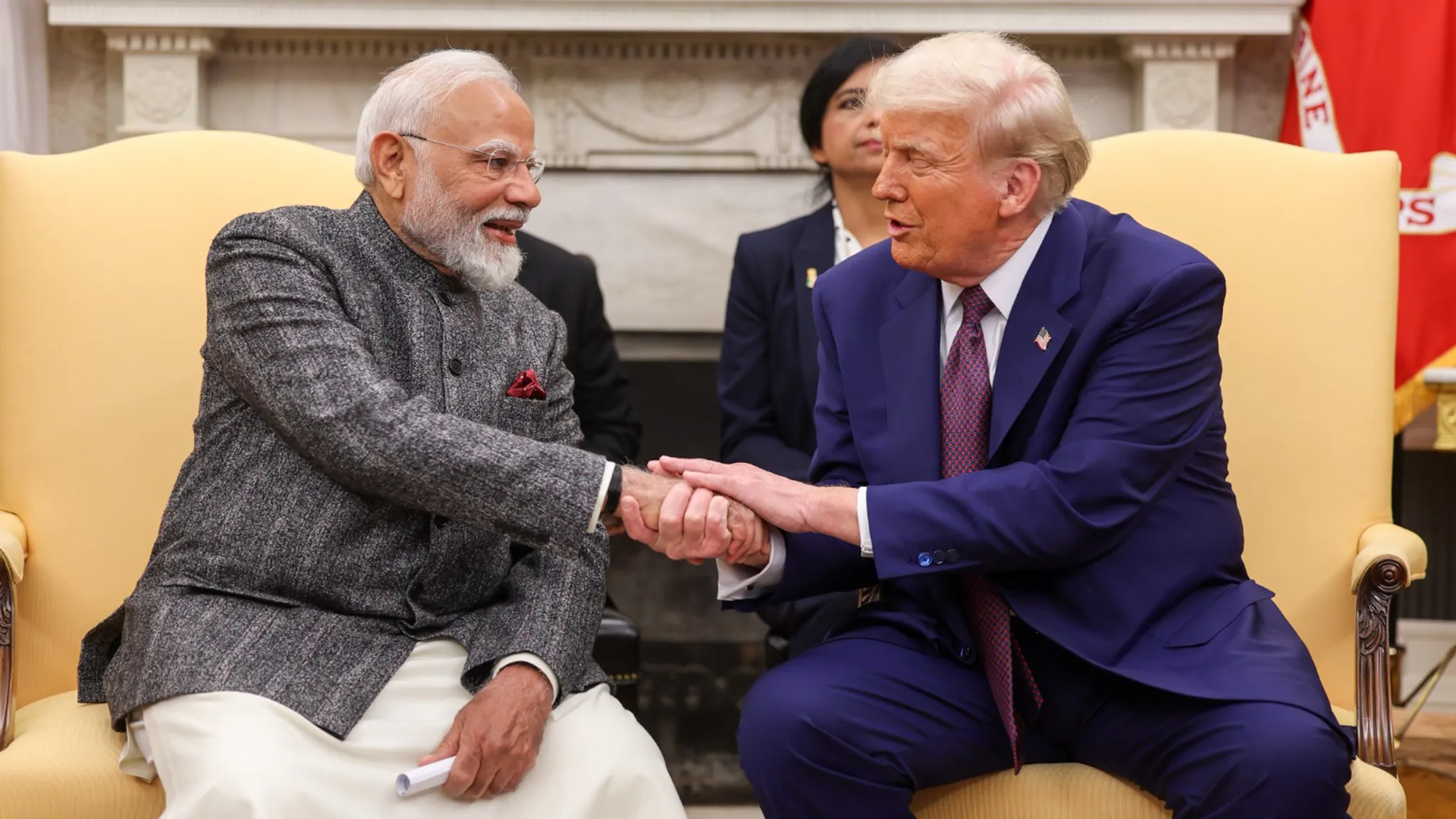Friendships in international relations are often transactional, but the personal bonhomie between Prime Minister Narendra Modi and US President Donald Trump is being closely watched as they meet in Washington today. Modi calling Trump “my friend” on social media and Trump’s reciprocal warmth during his first term may be more than just diplomatic niceties. India needs this connection to work now, perhaps more than ever, as the shadow of tariffs lengthens over its economic prospects. The tariff war initiated and threatened by Trump has the potential to deliver a significant jolt to India’s already struggling economy.
Tariff Threats Hit Key Sectors
Data from Nomura Research paints a worrying picture. If Trump escalates trade tensions through reciprocal tariffs, India stands to face considerable risks. This is largely due to India’s relatively high tariff rates on US exports. With an average effective tariff of 9.5 per cent on goods from the US, in contrast to the 3 per cent tariff imposed by the US on Indian exports, India could be disproportionately affected by retaliatory tariffs. Key sectors like agriculture, transportation, textiles, footwear, and chemicals are particularly vulnerable. Markets have already reacted negatively to Trump’s victory, with both the Nifty and Sensex experiencing selling pressure, a reaction analysts attribute to concerns about impending anti-India tariff measures. Trump’s “Make America Great Again” mantra should not translate into making the rest of the world economically less stable.
Rupee Under Pressure, RBI Intervenes
Adding to the economic uncertainty, the Indian rupee continues its downward slide. On February 10, it touched a new record low of 87.95 against the US dollar, a fall exacerbated by Trump’s new tariff plans. While the rupee’s 3.60 per cent depreciation since September is less dramatic compared to some other currencies like the Japanese yen or British pound, it still signals underlying economic pressures. The Reserve Bank of India (RBI) has been actively intervening in the foreign exchange market to prop up the rupee, reportedly selling between $4 billion and $7 billion on Monday alone. While the RBI’s intervention might offer temporary relief, the fundamental question remains: how long can the central bank sustain such efforts? Ultimately, market forces will dictate the rupee’s equilibrium.
AI Boom Adds Financial Layer
The rise of sovereign and enterprise AI, as highlighted by WeFi, introduces another layer of financial complexity. While AI presents revenue opportunities for technology vendors, it also brings longer sales cycles and more intricate financing needs, especially in developing markets. This increased complexity in channel finance could further strain economies already grappling with tariff uncertainties and currency fluctuations.
Can Modi’s diplomatic skills navigate these turbulent waters in Washington? The outcome of his visit will be crucial in determining whether India can mitigate the potential economic fallout from escalating trade tensions and ensure a stable economic trajectory. The stakes are high, and the world is watching.
What should India do? Beyond immediate negotiations, diversifying trade relationships and strengthening domestic manufacturing capabilities are crucial for long-term economic resilience against external shocks.
Image Courtesy: X (PMOIndia)










Leave a Reply